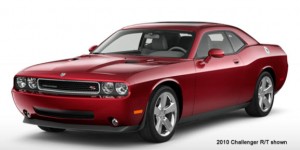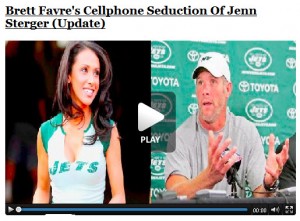Branding: Scorch, drone or look ‘em in the eye.
It was not long ago that advertising was governed by a scorched earth approach. Fire up a message and spray it in every direction. If you bought the top TV show, the best read magazine, the leading radio station and newspaper in the 10 largest cities, you reached everyone.
Extending the metaphor, following the scorched earth approach, thanks to the web, we are now more in drone attack mode. We don’t target those not interested in our products and messaging, that would be wasteful, we conduct due diligence then hover over our targets and bomb the shit out of them. Behavioral targeting, search engines, opt-in vehicles all enable drone attack kills. The problem with drone attacks is that there are often lots of accidental casualties. Drone attacks are not only singularly expensive, they can give a brand a bad name. Drone attacks are preferred to scorched earth because corporate executives feel more in control and can see immediate results.
The reality is, drone attacks do have kills (sales) though as a marketing tools they dilute our brands. Brands today are defined by campaigns, not brand values. Ask a consumer about Old Spice and the first thing they’ll say is “that football player” or the “guy who rides the horse” or “guy with the great pecs.” They rarely play back the human connection to the value of body spray.
What I love about new media – social media – is that corporate executive can tune in to consumers from street level. That’s where it counts. Scott Monty of Ford is tuned-in where it counts. Sure he’s Mr. Twitter and Mr. Fotchbook, but he hears his audience every day. And Alan Mulally, his boss, and the shareholders benefits. Mr. Monty is on the ground listening, not operating a drone remotely. That’s the way to build a brand. That’s how you build a marketing program. With a brand, a plan, and a policy. Not a campaign dashboard. Peace!




